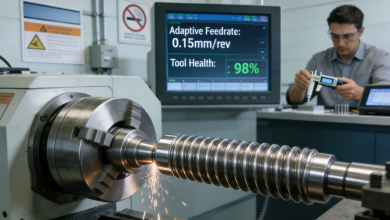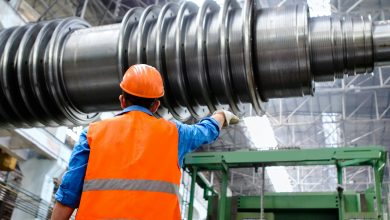In areas where there are fumes, it is important to maintain air quality. The fume extractor plays a significant part in the proper working of a safe working space, as it absorbs harmful particles. Choosing the appropriate fume extractor requires knowledge of several aspects that make it effective for specific purposes. Understanding these factors helps in making an informed decision that ensures both safety and efficiency in your workspace.
In this guide, you will discover these major considerations. Learning how to choose the right fume extractor ensures your workspace stays safe and compliant. Before looking into the technical aspects, it’s important to understand how each factor contributes to overall air safety and system performance. By approaching the selection process step by step, you can ensure that your choice aligns with both operational efficiency and regulatory standards.
Assessing Workplace Needs
The most crucial step to deciding on a fume extractor is knowing the needs of the space. The amount and type of fumes depend on the work environment. Determining if the fumes are chemical, particulate, or both is essential for the selection of the correct system. The frequency and intensity of the exposure also influence this decision. By knowing how to do these, it guarantees that a good extractor can deal with the specific challenges that are already there.
Type of Fume Extractor
There are different types of fume extractors, all built for specific uses. Portable extractors are flexible, making them perfect for tight spaces or wherever you have to move around. Conversely, fixed systems are a more permanent fix, suitable for larger areas with a steady flow of generated fumes. Understanding what makes each of those options different helps in deciding what option to choose based on the requirements of the workspace.
Filtration Efficiency
The filtration system in a fume extractor is the core of a well-performing fume extractor. HEPA (high-efficiency particulate air) filters are commonly proposed for removing smaller particles. For chemical fumes and smells, opt for activated carbon filters. Knowing the nature of the fumes allows you to know the most appropriate filters. Having these filters under strict safety and standards is highly important to attain maximum productivity.
Airflow Capacity
We all know that airflow capacity is an important aspect because it directly affects the performance of the fume extractor. This dictates how much air the system can handle, and the metric is typically expressed in cubic feet per minute, or CFM. This is essential for making sure that the space does not have a significant fume production; a greater CFM value will certainly indicate a better capacity to take care of enormous volumes of air. Choose one that has proper flow to operate and expel the fume.
Noise Levels
Operating noise can affect comfort and productivity in a workspace. Certain fume extractor models are quite loud, and if you are working in a less boisterous setting, this noise might become an irritation. You can ensure that your workplace remains comfortable by choosing models with lower noise level ratings. Decibel ratings—usually provided by manufacturers—offer a way to compare the loudness of options.
Maintenance Requirements
Maintenance of any fume extractor is crucial to maintain its original functioning level. Knowing the maintenance requirements of various models assists in planning and accounting for ongoing maintenance. While certain systems will need filter changes regularly, others will be serviced every so often. According to the Occupational Safety and Health Administration, regular maintenance of workplace ventilation systems is essential for ensuring continued protection against hazardous exposures. A model that is easier to maintain means greater long-term reliability and performance.
Energy Efficiency
And this is vital for energy efficiency, especially for environmentally sensitive operations and cost-sensitive operations. Now fume extractors may be made to reduce the power consumption, which lowers the electricity costs and reduces the carbon footprint. You can tell only a few of the models work with efficient performance and save a lot of energy by checking the energy ratings.
Compliance With Regulations
In many industries, compliance with safety and environmental regulations is vital. Choosing a fume extractor that meets these standards is a better way to comply with the law and a good step towards a safer working environment. Ensure that the selected model fits with all applicable guidelines and certifications. This ensures not only compliance but also helps in confidence-building in terms of safety and efficacy of the equipment.
Budget Considerations
Budget is more or less an earthly thing while choosing a fume extractor. Though one should have a cost-effective solution, it should not impact the quality and performance. It helps you to balance between features and the price of different models. A reliable system will save money on maintenance and operation, making it better in the long run.
Conclusion
Choosing a fume extractor is something that should be taken into account based on various parameters because the needs of a workspace differ from each other. By evaluating workplace needs, knowing the different types, and factoring in efficiency, noise, and maintenance, you can confidently make a choice. You can focus on compliance and budget through the selection process even more. The correct fume extractor for your occasion, however, makes finding and maintaining the perfect conditions an avoidable task.





